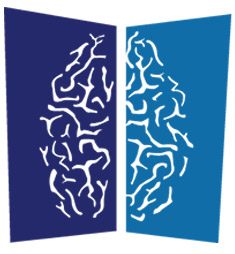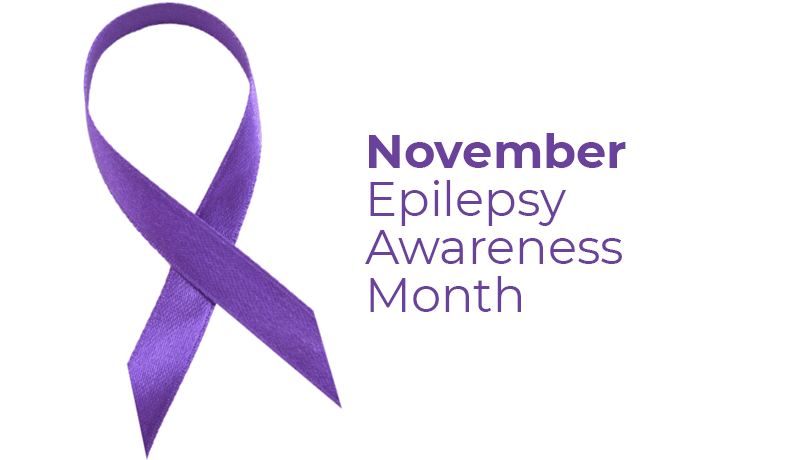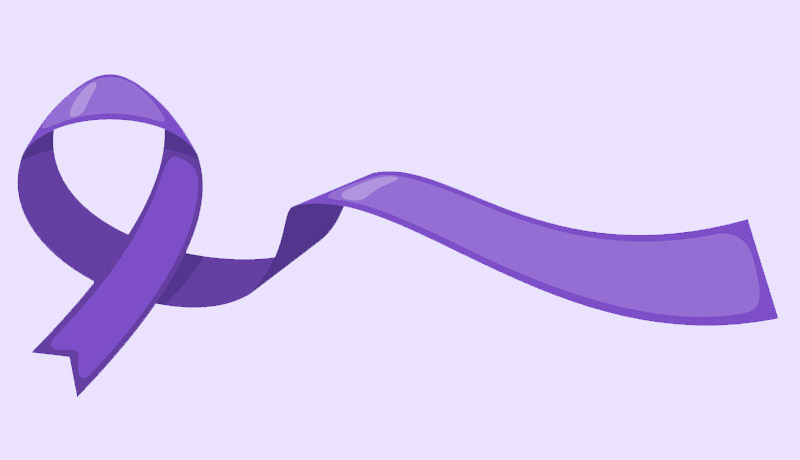How does epilepsy impact the social and emotional lives of children, and of their families and caregivers? The social, emotional and physical ramifications can certainly take their toll.
Many wonder if they’ll ever lead a “normal” life again. Well, a “normal” life is still possible. That is to say, someone diagnosed with seizures can still do the same daily functions as someone without epilepsy.
The Uncertainty Behind Life With Epilepsy

Stephanie Conklin (right) with Dr. Fried
Living with epilepsy can create a layer of anxiety. Individuals, family and friends must be prepared to respond to a seizure in a variety of different settings; it’s the unknown that many find frustrating. When will I have my next seizure? Can I ever drive a car again? What if I have a seizure on my first date? During my job interview? On my wedding day? During my son’s soccer game? What do I do if I’m alone?
Epilepsy treatments are available that can control or even stop seizures. There are also plenty of support groups and informational sites, such as the Epilepsy Foundation, which seek to bring awareness and education to epilepsy patients and their families.
Living a Normal Life With Epilepsy
Several Advanced Neurosurgery Associates (ANA) children and adults are illustrative of the potential to live a normal life with epilepsy.
At age nine, Stephanie Conklin complained of loss of speech and hearing. There was no diagnosis. It was when she suffered a grand mal seizure at age 10 however, that the doctors “put two and two together,” as she says of her subsequent diagnosis of epilepsy.
By that age, she says, “It went downhill. School was horrific. I got made fun of constantly. Friendships were difficult. I locked myself in the lockers, sat underneath my desk and almost got expelled – all because of the reaction and side effects of the epilepsy medication.”
“They wanted to put me in special education. I fought hard against that and tried hard to maintain a C to B average.”
One difficult effect of her condition that especially stands out for Stephanie is her anger outbursts. While she did not have therapy, she had her activities. “I stuck to my sports; softball was my big thing, but also marching band. I tried to keep going and doing other things that made me normal and not think of myself as abnormal. I demanded from myself to be as normal as everyone else.”
Difficulties lasted all the way until Conklin was an adult. Since having surgery at age 27 with Dr. Arno Fried, she proclaims, “That’s all well behind me.”
Can You Live a Long Life with Epilepsy?
Today, Stephanie, who celebrated her 40th on August 16, 2021, is a certified EEG technician. She was even considering a stint in Hackensack Hospital, where she had her epilepsy surgery.
Some people are able to achieve seizure-free lives, while other people with epilepsy can manage their seizures to live long and full lives. Just take a look at this list of celebrities who have lived with epilepsy.
With proper seizure management, epilepsy does not necessarily mean a shortened life, although for some the risk is higher. Certain activities may affect outcomes, such as having a seizure and accident while driving, or the underlying cause of the seizures, such as brain tumors or infections.
A Child’s Life With Epilepsy
Perhaps a window of hope is most illustrated by the example of another successfully treated ANA epilepsy patient, and one who was fortunate enough to have her problem resolved at a very young age.
Victoria Vega had her last seizure 10 days before her surgery with Dr. Arno Fried on December 15, 2006. After surgery, she became a typical teenager who enjoys cheerleading, horseback riding and lacrosse with no vestiges of epilepsy.

Victoria Vega child life with epilepsy
Her mother Laura reports that Victoria, who was a toddler at the time of her seizures, has no current memory of her epilepsy experience. “She was too young when it happened.”
A clue to Victoria’s recognition of the condition, however, is that even as a toddler her mother states, “She knew when a seizure was coming. When it caused her to begin to fall, she would run to me and hold onto my legs.”
However, her mother continues, “Between seizures she was a normal child. She likes to do everything. She’s not afraid of anything. Even during that time.” It was not a matter of discomfort either. “She never cried or said she was in pain, even after the surgery. She is a strong girl.”
Victoria’s family remained somewhat on edge for perhaps the first two to three months following surgery. “After that,” said her mother, “little by little we started to relax. Now, I don’t even think about it.”
And isn’t that the goal?
For Victoria Vega, Stephanie Conklin and their families, epilepsy is now a distant memory as they continue living a normal life.
About Epilepsy Care at ANA
ANA is renowned for its innovation and extensive experience in epilepsy treatments for both children and adults. The surgeons at the practice have a combined 60 years of experience, and Dr. Arno Fried has performed more than 500 epilepsy surgeries.
The surgeons at ANA participate, and in some cases direct, programs that have been designated as Level 4 Epilepsy Centers, the highest possible designation made by the National Association of Epilepsy Centers (NAEC), which is comprised of a select number of epilepsy centers in the U.S.

ANA is a team of expert neurosurgeons and medical professionals, who combine their decades of knowledge to provide information, events, and articles on a range of neurological conditions.



